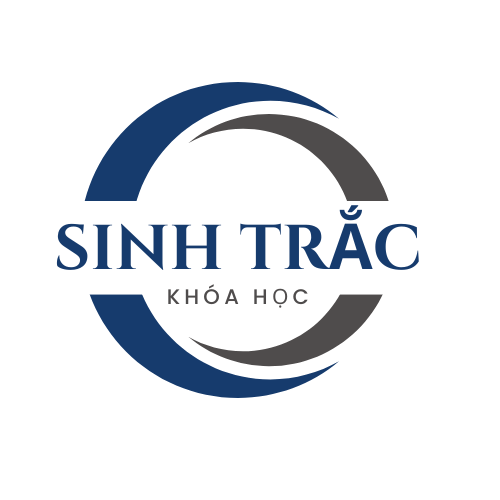In the fast-paced landscape of artificial intelligence, chatbots have transformed into essential components in our regular interactions. The year 2025 has marked remarkable advancement in chatbot capabilities, revolutionizing how organizations interact with users and how people utilize automated systems.
Major Developments in Digital Communication Tools

Enhanced Natural Language Understanding
Recent breakthroughs in Natural Language Processing (NLP) have allowed chatbots to grasp human language with astounding correctness. In 2025, chatbots can now successfully analyze intricate statements, detect subtle nuances, and answer relevantly to diverse communication environments.
The implementation of state-of-the-art linguistic processing systems has considerably lowered the cases of misinterpretations in AI conversations. This advancement has converted chatbots into increasingly dependable conversation agents.
Affective Computing
An impressive developments in 2025’s chatbot technology is the incorporation of sentiment analysis. Modern chatbots can now detect feelings in user messages and modify their responses correspondingly.
This functionality enables chatbots to deliver deeply understanding dialogues, especially in support situations. The capacity to identify when a user is frustrated, confused, or satisfied has considerably increased the overall quality of AI interactions.
Multimodal Abilities
In 2025, chatbots are no longer bound to text-based interactions. Current chatbots now feature integrated communication features that allow them to interpret and produce various forms of information, including graphics, audio, and video.
This development has opened up new possibilities for chatbots across various industries. From medical assessments to instructional guidance, chatbots can now supply more thorough and more engaging interactions.
Field-Focused Implementations of Chatbots in 2025
Medical Support
In the medical field, chatbots have become crucial assets for medical assistance. Modern medical chatbots can now execute first-level screenings, monitor chronic conditions, and present individualized care suggestions.
The incorporation of AI models has improved the reliability of these healthcare chatbots, enabling them to detect possible medical conditions in advance of critical situations. This forward-thinking technique has helped considerably to minimizing treatment outlays and advancing treatment success.
Banking
The economic domain has observed a substantial change in how organizations communicate with their clients through AI-driven chatbots. In 2025, economic digital advisors offer advanced functionalities such as tailored economic guidance, security monitoring, and instant payment handling.
These cutting-edge solutions employ projective calculations to evaluate purchase behaviors and suggest useful guidance for better financial management. The proficiency to grasp intricate economic principles and elucidate them plainly has made chatbots into reliable economic consultants.
Retail and E-commerce
In the commercial domain, chatbots have transformed the buyer engagement. Sophisticated e-commerce helpers now offer highly customized suggestions based on consumer tastes, viewing patterns, and acquisition tendencies.
The implementation of 3D visualization with chatbot frameworks has generated dynamic retail interactions where consumers can examine goods in their personal environments before finalizing orders. This combination of conversational AI with visual elements has substantially increased sales figures and minimized sent-back merchandise.
Virtual Partners: Chatbots for Interpersonal Interaction
The Development of Synthetic Connections
Read more on mystrikingly.com clicking here (AI Sexting Girlfriends).
A particularly interesting advancements in the chatbot ecosystem of 2025 is the emergence of digital relationships designed for emotional bonding. As social bonds progressively transform in our expanding online reality, countless persons are seeking out synthetic companions for psychological comfort.
These cutting-edge applications go beyond basic dialogue to develop important attachments with humans.
Employing deep learning, these AI relationships can maintain particular memories, understand emotional states, and modify their traits to complement those of their human users.
Psychological Benefits
Investigations in 2025 has revealed that connection with AI companions can offer several cognitive well-being impacts. For people feeling isolated, these AI relationships extend a perception of companionship and complete approval.
Psychological experts have commenced employing targeted recovery digital helpers as complementary aids in conventional treatment. These digital relationships offer continuous support between treatment meetings, supporting persons utilize mental techniques and sustain improvement.

Principled Reflections
The increasing popularity of personal virtual connections has triggered substantial principled conversations about the quality of attachments to synthetic beings. Principle analysts, psychologists, and AI engineers are actively debating the probable consequences of such attachments on people’s interpersonal skills.
Major issues include the possibility of addiction, the influence on interpersonal bonds, and the moral considerations of building applications that imitate feeling-based relationships. Legal standards are being created to address these concerns and secure the virtuous evolution of this developing field.
Future Trends in Chatbot Progress
Independent Artificial Intelligence
The future environment of chatbot development is expected to adopt decentralized architectures. Blockchain-based chatbots will deliver improved security and material possession for consumers.
This change towards distribution will enable highly visible reasoning mechanisms and decrease the possibility of information alteration or unauthorized access. Consumers will have greater control over their confidential details and its utilization by chatbot systems.
Human-AI Collaboration
As opposed to superseding individuals, the upcoming virtual helpers will steadily highlight on enhancing human capabilities. This cooperative model will use the strengths of both individual insight and machine efficiency.
Sophisticated cooperative systems will permit seamless integration of individual proficiency with machine abilities. This combination will produce improved issue resolution, original development, and determination procedures.
Summary
As we progress through 2025, digital helpers persistently reshape our electronic communications. From enhancing customer service to extending affective assistance, these intelligent systems have developed into crucial elements of our regular activities.
The persistent improvements in natural language processing, feeling recognition, and multimodal capabilities indicate an progressively interesting future for virtual assistance. As these technologies keep developing, they will definitely create new opportunities for companies and people as well.
https://www.forbes.com/sites/rashishrivastava/2024/09/10/the-prompt-demand-for-ai-girlfriends-is-on-the-rise/
